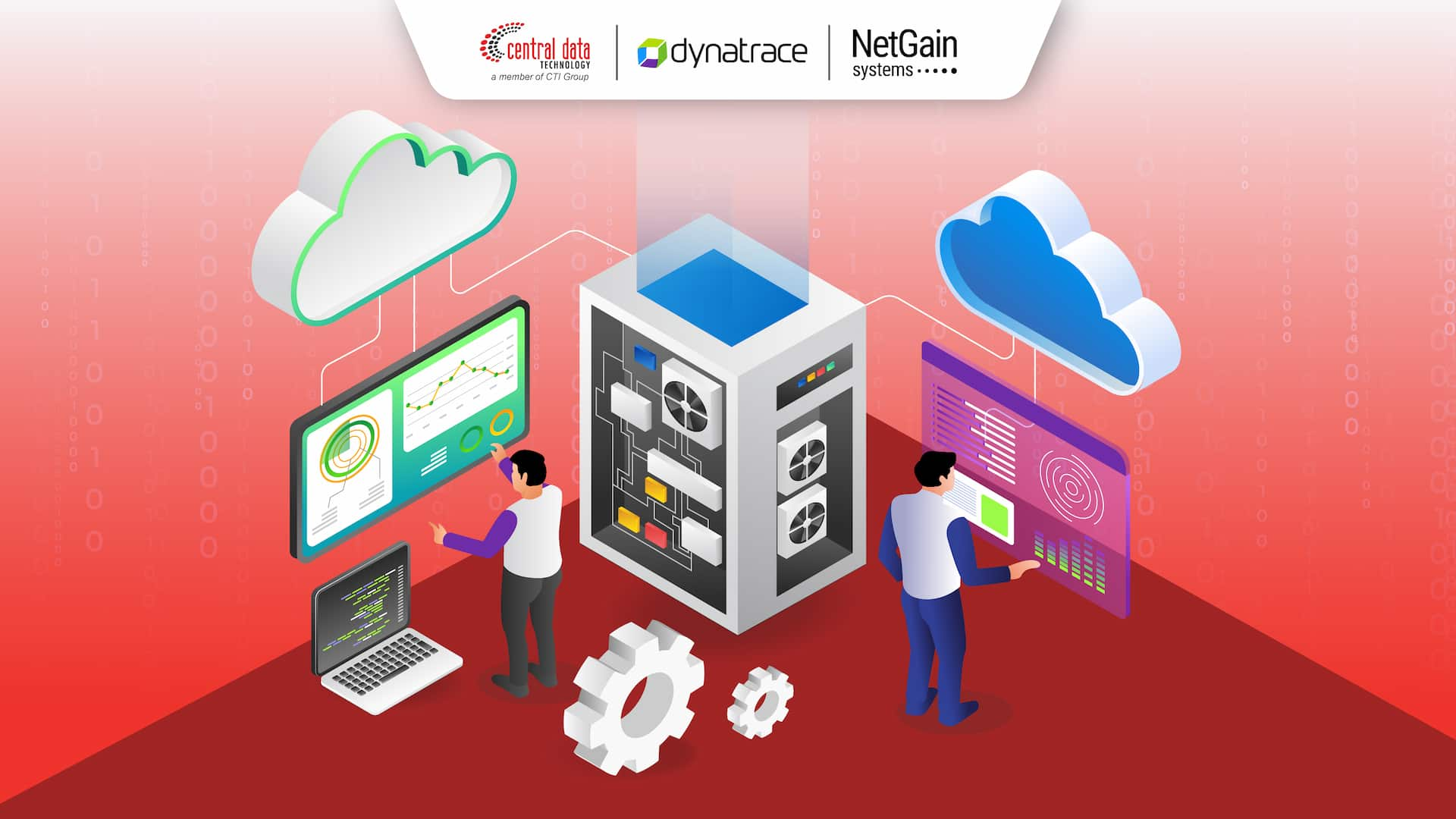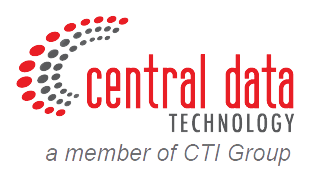
Imagine your business relying on hundreds of cloud services and on-premises systems but only being able to monitor a fraction of the ecosystem. Without full visibility, issues may go undetected until it’s too late—threatening business continuity
According to Gartner, by 2027 90% of organizations will adopt a hybrid cloud strategy. Without an integrated hybrid cloud monitoring approach, this complexity will create blind spots that slow down issue detection and incident response.
Hybrid cloud monitoring solutions provide end-to-end visibility by unifying data across multiple platforms, ensuring performance, security, and operational efficiency in today’s modern IT environments.
What is Hybrid Cloud Monitoring?
Hybrid cloud monitoring is the process of integrated monitoring across public cloud, private cloud, and on-premises infrastructure. This solution collects data from physical servers, virtual machines, applications, and cloud-native services, then presents it on a unified dashboard.
Its primary goal is to provide full visibility into the performance, security, and availability of an organization’s entire IT environment, enabling more efficient and proactive management.
Why Hybrid Cloud Monitoring is Key to Digital Success?

As hybrid cloud adoption grows, so do the challenges of managing and monitoring diverse IT infrastructures. Without a unified monitoring solution, organizations often struggle to pinpoint root causes of issues, optimize performance, and maintain security across multiple environments.
Hybrid cloud monitoring enables IT teams to track system performance, detect threats, and mitigate risks before they impact end users. This not only safeguards operational stability but also accelerates innovation in an increasingly competitive market.
Challenges and Risks of Hybrid Cloud Monitoring
Managing a hybrid cloud infrastructure is far from simple. Organizations face multiple challenges, from integration complexity to increasing security risks. Without proper monitoring, operational disruptions, data loss, and hidden security blind spots can occur at any time. Key challenges and risks include:
Data fragmentation
Performance and security data are scattered across public cloud, private cloud, and on-premises systems. This makes analysis slow and time-consuming, as IT teams must consolidate data from multiple sources before gaining actionable insights.
Complex integration
Connecting public cloud, private cloud, and on-premises environments often requires manual configuration. Misconfigurations can lead to operational disruptions, security gaps, or inconsistent data.
Limited visibility
Without centralized monitoring, IT teams may only see part of their infrastructure. These blind spots can be exploited by cyber threats, and issues may be detected reactively rather than proactively.
Growing scale and complexity
Hybrid infrastructure continually evolves with new services, applications, and endpoints. Organizations need intelligent, automated monitoring solutions to keep pace without overburdening IT teams.
Compliance and regulations
Many industries are subject to strict security and privacy regulations. Incomplete or fragmented monitoring can lead to compliance violations, fines, or reputational damage.
Risk of downtime and service disruption
Ineffective monitoring increases the likelihood of downtime or service interruptions, negatively impacting operations and customer trust.
Read More: 8 Multicloud Security Tips to Keep Your Business Safe Across Multiple Clouds
Hybrid Cloud Monitoring Applications Across Industries

Hybrid cloud monitoring plays a strategic role across diverse industries. By providing real-time insights into performance, security, and compliance, it helps organizations manage complex hybrid infrastructures, reduce downtime, and ensure a seamless user experience. Key applications include:
Financial sector
Integrated monitoring ensures compliance with stringent regulations like PCI DSS and prevents downtime that could affect customers and harm reputation.
Manufacturing
Real-time monitoring supports smooth supply chain operations by tracking performance of production systems connected to IoT devices and cloud applications, ensuring efficiency and minimizing disruptions.
E-commerce & digital services
Enables dynamic traffic management, maintains optimal customer experiences, and detects security threats before they impact transactions.
Public sector
Assists government agencies in securely integrating legacy systems with modern cloud services while maintaining data protection and regulatory compliance.
Key Elements of Effective Hybrid Cloud Monitoring
An effective hybrid cloud monitoring solution must provide full-stack visibility across public cloud, private cloud, and on-premises environments. Essential capabilities include:
- Automated data collection from multiple sources
- AI-powered analytics for anomaly detection
- Unified dashboards for faster decision-making
Security monitoring is equally crucial, including real-time threat detection, user activity tracking, and proactive risk alerts. Smooth integration with existing IT management tools ensures businesses can maintain performance, security, and efficiency without fragmented data across environments. With this foundation, monitoring evolves from being reactive to truly proactive.
Strategies to Maximize Hybrid Cloud Monitoring Performance
Optimizing hybrid cloud monitoring requires a structured approach and implementing best practices. Organizations must ensure full asset visibility, automate repetitive tasks, and foster cross-team collaboration. Key strategies include:
Comprehensive IT asset mapping
Ensure all servers, applications, and cloud services are accounted for and connected to a centralized monitoring platform.
Automation of data collection and anomaly detection
Reduces repetitive manual work, allowing IT teams to focus on analysis, strategy, and critical issue resolution.
Regular system testing
Conduct routine checks to ensure data accuracy, response speed, and monitoring reliability.
Cross-functional collaboration
Involving security, infrastructure, and application development teams enhances coordination and accelerates incident response.
Adoption of best practices
Following established operational standards helps maintain optimal performance while minimizing risks in complex hybrid cloud environments.
Dynatrace x NetGain Systems: Trusted Hybrid Cloud Monitoring from CDT
Central Data Technology (CDT), part of CTI Group, empowers businesses to optimize hybrid cloud strategies with robust and reliable monitoring solutions. Two flagship offerings include:
- Dynatrace Cloud Monitoring: Provides end-to-end observability with AI-driven anomaly detection, automated root cause analysis, and performance monitoring across hybrid and multi-cloud environments.
- NetGain Systems Unified Multi-Cloud Visibility: Provides a unified dashboard for on-premises, private, and public cloud environments, with built-in security integration and proactive alerts.
Through collaboration, Dynatrace and NetGain Systems deliver:
- Full visibility across the entire IT ecosystem
- Real-time issue and threat detection to prevent downtime
- AI-powered analytics for faster troubleshooting
- Seamless integration with existing IT management systems
- Improved cost efficiency and IT productivity through resource optimization
Get Dynatrace x NetGain Systems from Central Data Technology
Strengthen your hybrid cloud infrastructure with Central Data Technology, part of CTI Group. As an authorized Dynatrace partner and official distributor of NetGain Systems, CDT delivers proactive, trusted hybrid cloud monitoring solutions tailored to your business.
Contact us at marketing@centraldatatech.com to discover the right hybrid cloud monitoring for your enterprise.
Author: Moyna Farla Tsabitah
CTI Group Content Writer Intern

